What did I do wrong? (x post in Home Decor Forum)
ceciley13
14 years ago
Related Stories

REMODELING GUIDESWhy Marble Might Be Wrong for Your Bathroom
You love its beauty and instant high-quality appeal, but bathroom marble has its drawbacks. Here's what to know before you buy
Full Story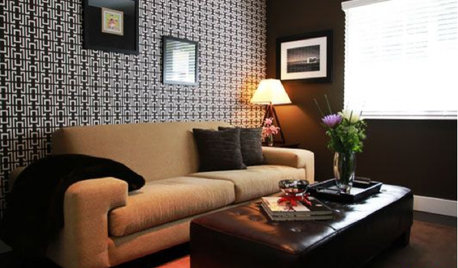
Let's Dish! Did You Watch the Flipping Out Premiere?
Contemporary Remodel Kicks off Design Show's New Season. What Did You Think?
Full Story
LIFEYou Said It: ‘The Wrong Sink Can Make You Hate Your Kitchen’
Design advice, inspiration and observations that struck a chord this week
Full Story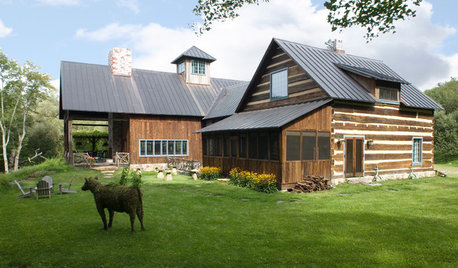
LIFEThe Polite House: Do I Have to Display Decor Given to Me as a Gift?
Etiquette columnist Lizzie Post tackles the challenge of accepting and displaying home decor gifts from frequent visitors
Full Story
FUN HOUZZEverything I Need to Know About Decorating I Learned from Downton Abbey
Mind your manors with these 10 decorating tips from the PBS series, returning on January 5
Full Story
DECORATING GUIDESThe Dumbest Decorating Decisions I’ve Ever Made
Caution: Do not try these at home
Full Story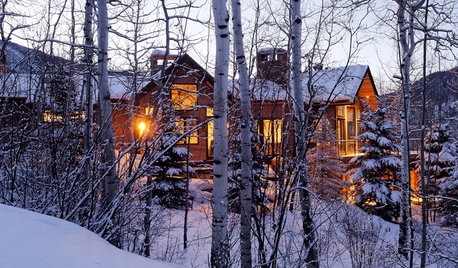
LIFEHouzz Call: Who'll Post the First Snow Photo of 2013?
If the weather's been flaky in your neck of the woods, please show us — and share how you stay warm at home
Full Story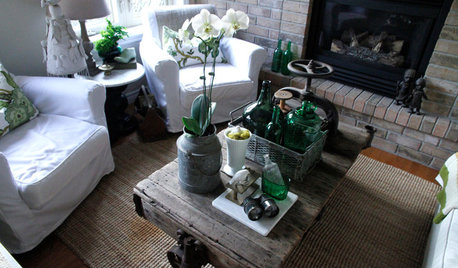
HOUZZ TOURSMy Houzz: Creative Salvaging in the Canadian Countryside
Lighting from X-ray shades, a wine-barrel table, suitcases as props ... this couple repurposes with enthusiasm and style in equal measure
Full Story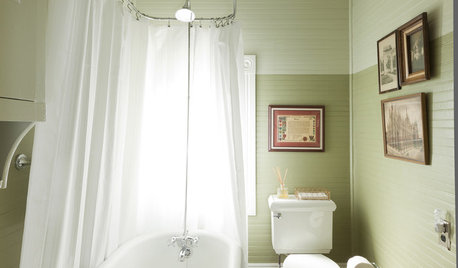
MOST POPULAR7 Soothing Spaces: How to Use Color to Create Calm at Home
Started your new year on the wrong foot? Feeling the February blahs? Maybe you need a color fix in your home
Full Story
FEEL-GOOD HOME12 Very Useful Things I've Learned From Designers
These simple ideas can make life at home more efficient and enjoyable
Full Story









decorativewalls
decorativewalls
Related Professionals
Dearborn Painters · Enfield Painters · Lilburn Painters · Mastic Beach Painters · Pensacola Painters · Santa Clarita Painters · Westland Painters · East Saint Louis Cabinets & Cabinetry · Red Bank Cabinets & Cabinetry · Boston Flooring Contractors · Chalmette Flooring Contractors · Dublin Flooring Contractors · Harrisburg Flooring Contractors · Lexington Flooring Contractors · Massapequa Flooring Contractorsmoonshadow
decorativewalls
paintguy22
Christopher Nelson Wallcovering and Painting
ceciley13Original Author
slateberry
loomis
chenhuievergreen_gmail_com
celiaanne
napagirl
tuesday_2008